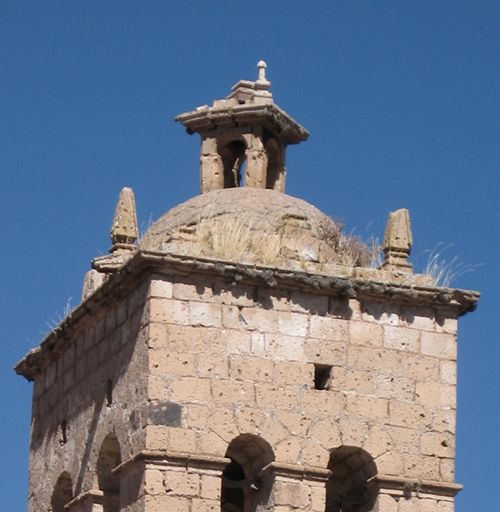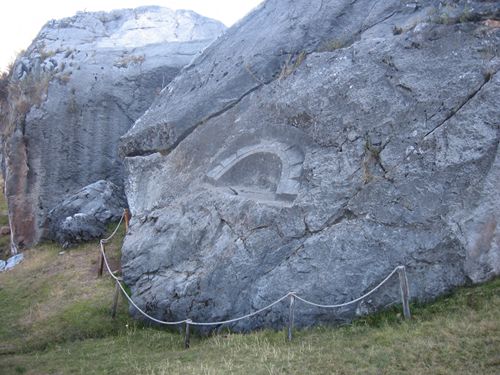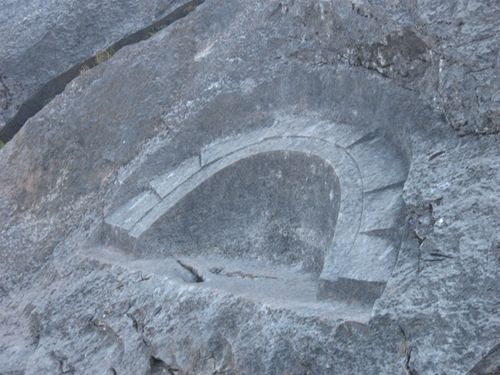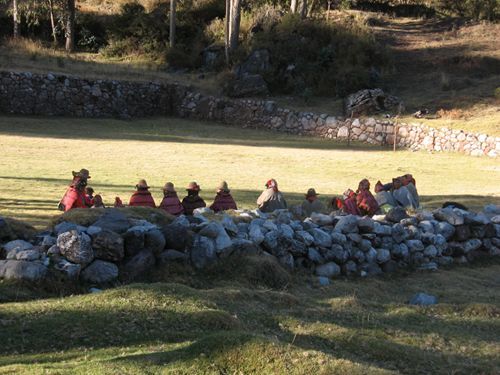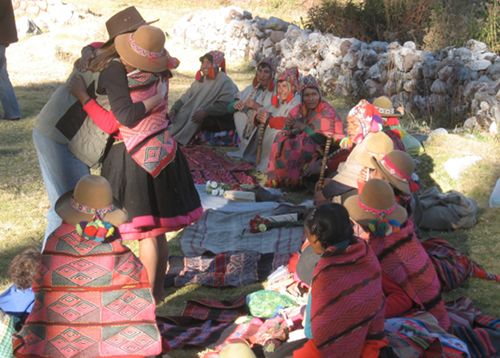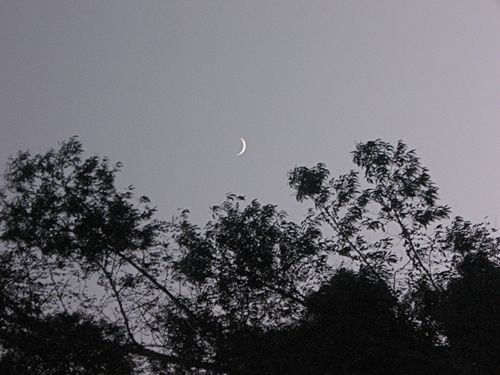In the Andes they identify three centers of our being; the yachay, the munay, and the llankay. Each center is located in a different part of the body and each provides a different way of perceiving and understanding reality.
The yachay is located in our head. It is our ability to think, in other words it is the intellect. In our culture, at least in my world of science and academia, logic is viewed as the epitome of thought. In the Andes, however, wisdom as a quality of thought is valued more than logic and intelligence. Wisdom is built upon life experiences, accompanied by an appreciation and understanding of the larger-than-individual and larger-than-humanity systems involved in any action. I would add that wisdom also implies some amount of caring and compassion. Wisdom, it would seem, implies a yachay that acts in accord with the other two centers, which we will turn to next.
The munay is located in our heart. It is the center of love. The ‘love’ associated with the munay, however, is not an emotion. Emotions are tightly connected to our thoughts. How we respond emotionally to an event is largely a product of the meaning we assign to it. But the love of the munay is not an emotion; it has nothing to do with romance or sex or sentimentality, and jealousy does not apply. Our yachay and its ability to analyze (i.e. break things into pieces) gives us the experience of being separate from everything else in the Cosmos. In the Andean Cosmovision the Cosmos is a vast network of interconnected filaments of energy and we, rather than being disconnected things, are part of that network. Through the munay we experience our connection with the rest of the Cosmos. The Cosmos has an underlying frequency, and it is our (beautiful) experience of tuning into that frequency through our munay that gets labelled with the closest available term ‘love’. (This definition of love comes to us from don Americo Yabar).
To experience reality through our munay we need to move our consciousness from our head to the area of our heart, and when we do, we experience a different way of perceiving and understanding the world. It may seem strange to speak of moving our consciousness to our heart (compared to, say, keeping our consciousness in our head and simply being aware of our heart). In my culture it is generally assumed that consciousness is always, must always, be in our head. The best way I have, however, for describing how to experience the munay or the llankay is that all we need to do is to move our consciousness there. I’ll be sharing some meditations for exploring this in later posts .
Now to the llankay. The llankay is located a couple of finger-breadths below our navel and a few inches inside our body. The llankay is the center of our physical being and its ability to come into physical manifestation. It is also described as our ability to work, to use our physical body to alter the world. At the center of the llankay is our ‘not-being’, where we are ‘no-thing’, from which our physical being emerges. The llankay is another location where we can place our consciousness and shift our experience of the Cosmos.
I have found the concept of these three centers (yachay, munay, and llankay) to be helpful in integrating my boy-scientist, Western upbringing (very yachay) with my experiences in Peru (very munay). Science, religion, philosophy are all of the yachay. They are immensely useful…and they cannot possibly understand the munay (and vice versa). The intellect can describe and explain and think about reality all it wants and it still does not overlap with reality as experienced by the munay or by the llankay. The integration of these three centers of being comes from a deeper level of ourselves. For me it was at this deeper level–beyond the distinction of the yachay, munay, and llankay–where the beauty and value of my explorations of munay eventually established a level of credibility that my intellect could acknowledge even if it could not understand.
I’ll be sharing some more thoughts about the yachay, munay, and llankay and providing some meditations related to them in upcoming posts (see below)
July 9, 2011: The following subsequent posts are available: The Three Centers of Being (Part 2), Tuning the Three Centers of Being.
Share...
